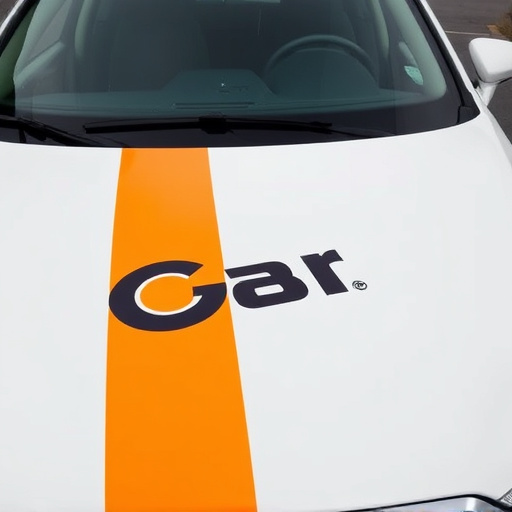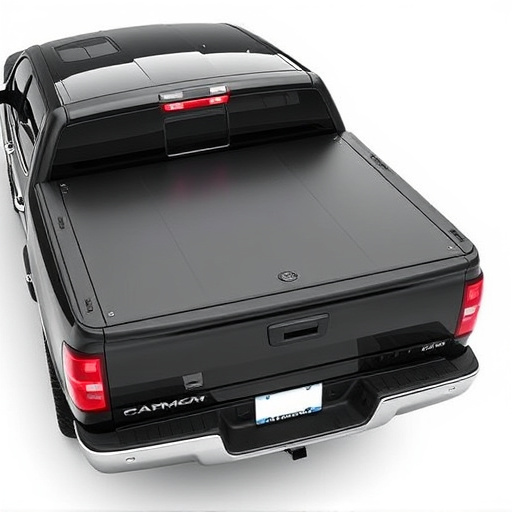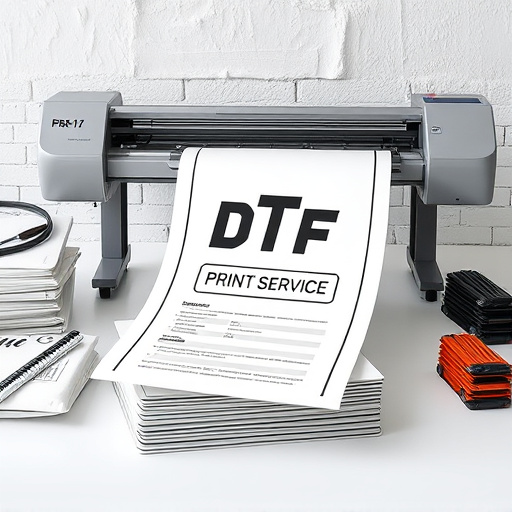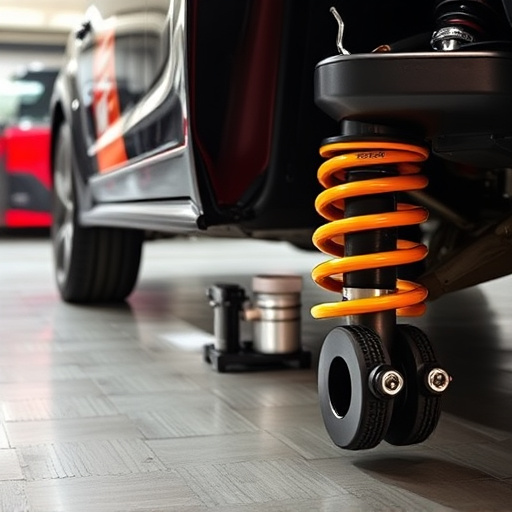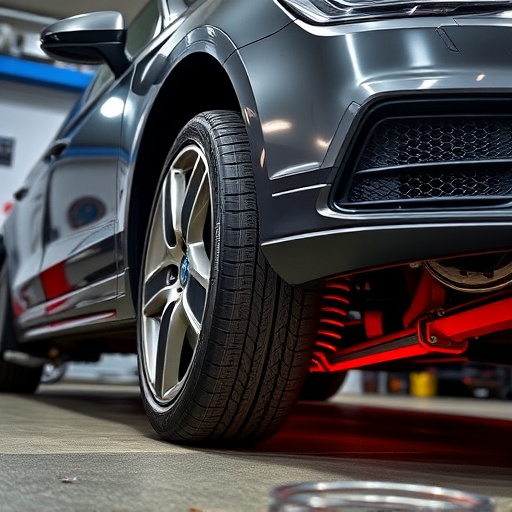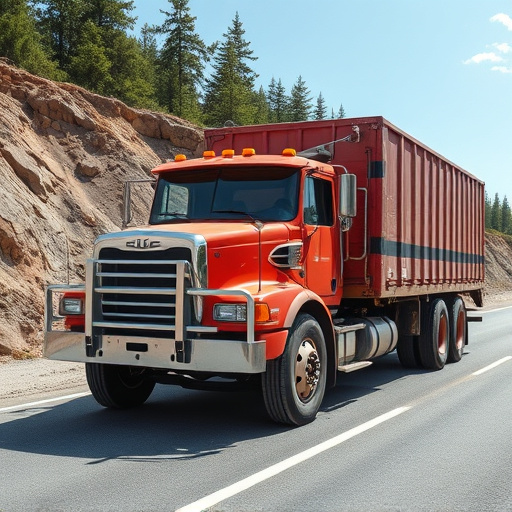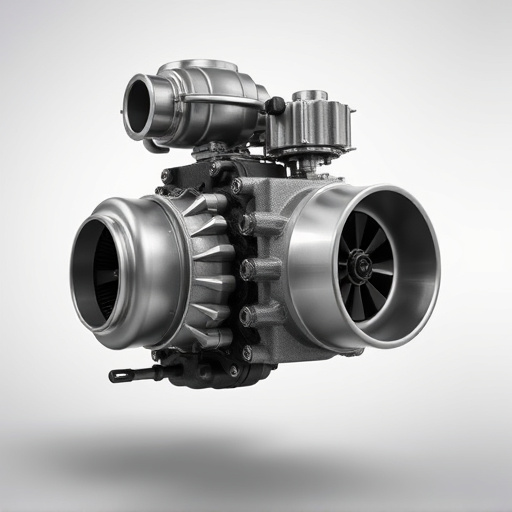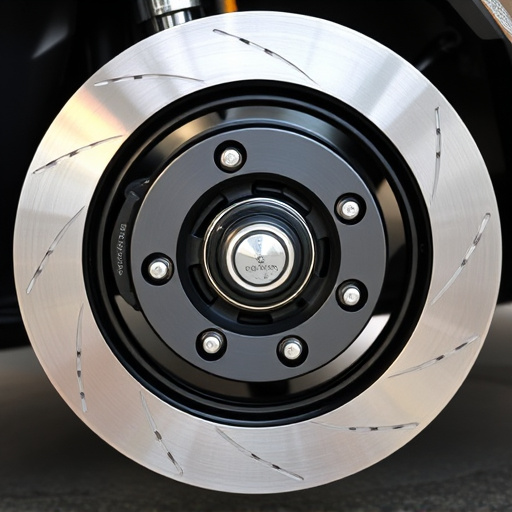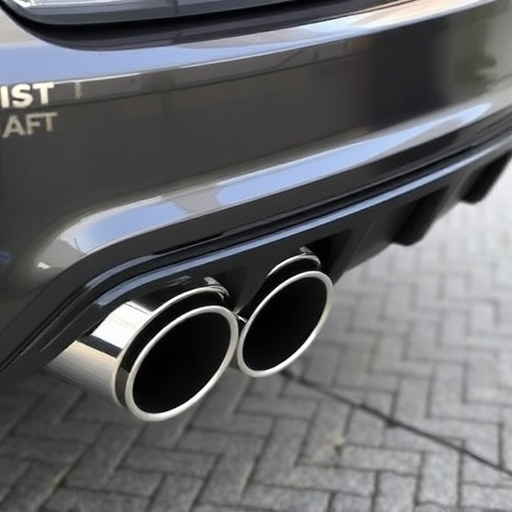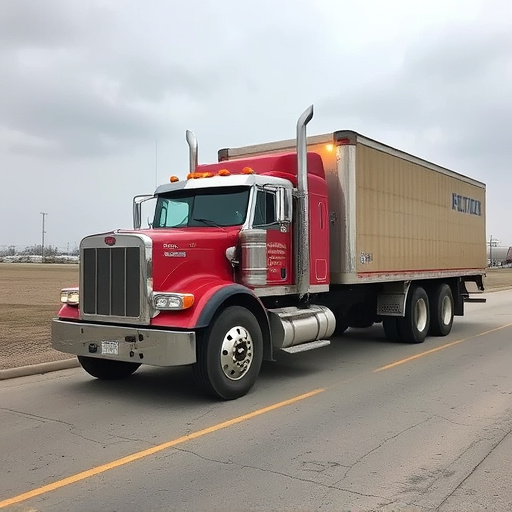Sway bar bushings, crucial for vehicle stability and handling, differ in materials like rubber, polyurethane, and metal. Polyurethane offers superior durability but increased noise, while rubber provides a smoother ride but faster wear. Choosing optimal sway bar bushings involves balancing performance needs with reliability, considering driving style and vehicle condition. Aligning these with other automotive upgrades can fine-tune handling and safety for tailored performance.
Sway bar bushings are critical components of your vehicle’s suspension system, connecting and allowing movement between the sway bar and the vehicle’s chassis. This article delves into the various materials used in sway bar bushings—from common rubber to advanced polyurethanes—exploring their advantages and disadvantages. Understanding these options is essential for vehicle owners looking to optimize handling, reduce noise, and ensure safety, helping you choose the ideal bushing for your ride.
- Common Sway Bar Bushing Materials
- Advantages and Disadvantages of Each Material
- Choosing the Right Bushing for Your Vehicle
Common Sway Bar Bushing Materials
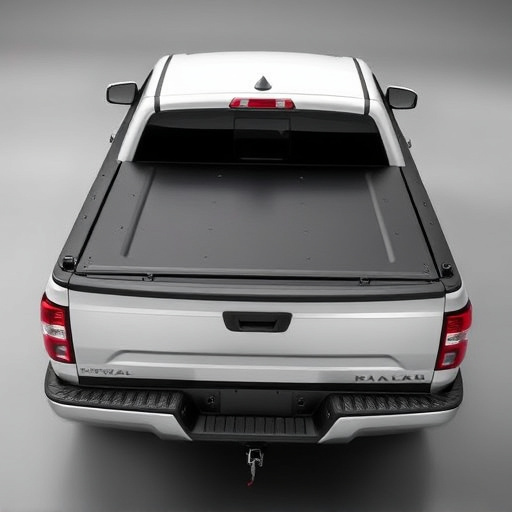
Sway bar bushings are crucial components in a vehicle’s suspension system, connecting and allowing communication between the sway bar and control arms. The primary function is to absorb and dissipate energy, ensuring smooth handling and stability during cornering. Common materials used for these bushings include rubber, polyurethane, and metal.
Rubber bushings offer a balanced approach, providing ample conformability for comfort while maintaining enough rigidity for improved vehicle handling. Polyurethane, known for its durability and resistance to compression, delivers superior longevity and minimal wear. Metal bushings, though less common, offer exceptional strength and stability, often found in high-performance vehicles where precise control and responsiveness are paramount, much like the components related to exhaust mufflers that enhance vehicle performance. The choice of material depends on various factors, including vehicle type, intended use, and driver preference, similar to how brake pads vary based on these considerations for optimal stopping power.
Advantages and Disadvantages of Each Material
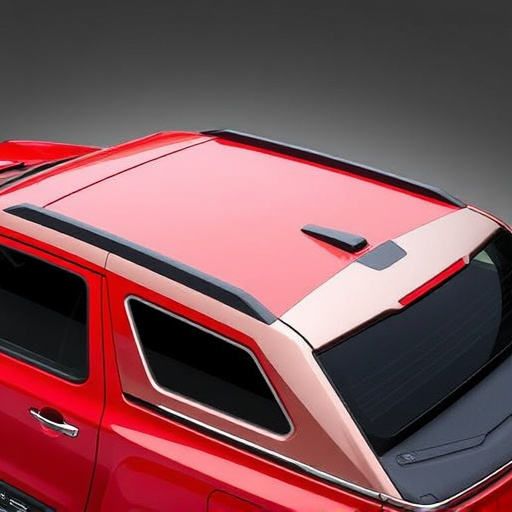
Sway bar bushings play a vital role in vehicle handling and stability, but different materials offer distinct advantages and disadvantages. Polyurethane (PU) sway bar bushings are known for their exceptional durability and resistance to compression. They provide superior shock absorption, reducing body roll during cornering, which enhances overall handling dynamics. PU bushings also offer good temperature tolerance, making them suitable for various driving conditions. However, they may be more prone to noise and vibration compared to other options, especially at higher speeds or under extreme loads.
On the other hand, rubber sway bar bushings are traditional favorites due to their flexibility and ability to dampen vibrations effectively. They provide a smooth ride, improving comfort without compromising handling. Rubber bushings are less rigid than PU, allowing for some movement during rough roads, which can benefit suspension components. Yet, they may wear out faster under heavy use or extreme temperatures, leading to increased play in the sway bar system. When considering these materials, it’s essential to balance performance requirements with long-term reliability, especially regarding brake components and air filter kits that could interact with different bushings.
Choosing the Right Bushing for Your Vehicle
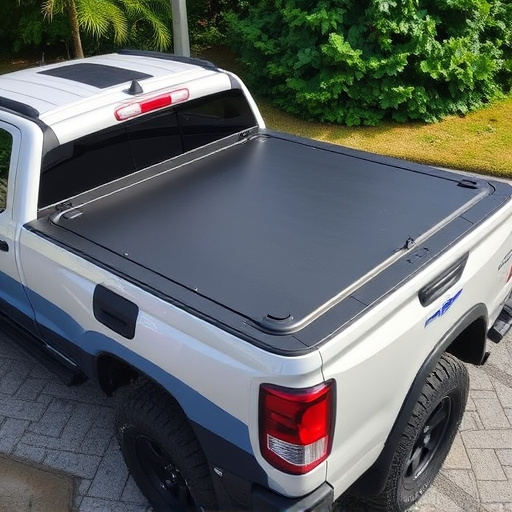
Choosing the right sway bar bushings is crucial for optimizing your vehicle’s handling and safety. Different materials offer varying levels of flexibility, durability, and noise reduction. For example, polyurethane bushings provide excellent conformability and shock absorption but may produce more noise than rubber ones. On the other hand, high-quality rubber bushings offer a balance between comfort and durability, making them a popular choice for many vehicles.
When selecting sway bar bushings, consider your driving style and the condition of your vehicle. If you frequently drive on rough roads or tow heavy loads, stiffer bushings might be beneficial as they can maintain better control over the sway bar’s movement. Conversely, softer bushings can enhance ride comfort without compromising handling for daily commuters. Additionally, aligning these choices with other automotive upgrades like brake pads, air filter kits, or coilover kits can further fine-tune your vehicle’s performance and driving experience.
Sway bar bushings are a crucial component in your vehicle’s suspension system, affecting handling and ride quality. When choosing the right bushing for your vehicle, consider the material options available, each with its own advantages and disadvantages. Whether you prefer durability and cost-effectiveness or enhanced performance and precision, understanding these materials will help you navigate the market and select sway bar bushings that best suit your needs and driving style.

